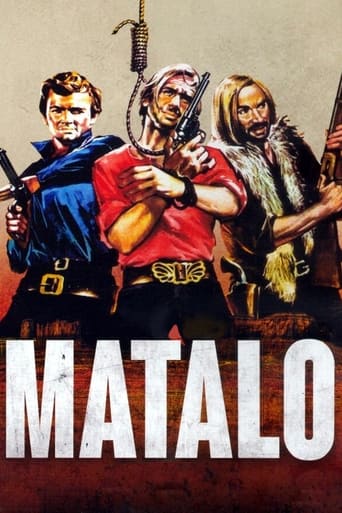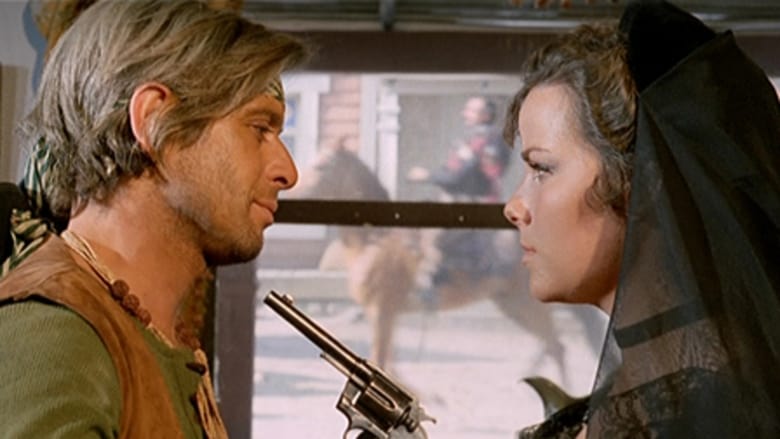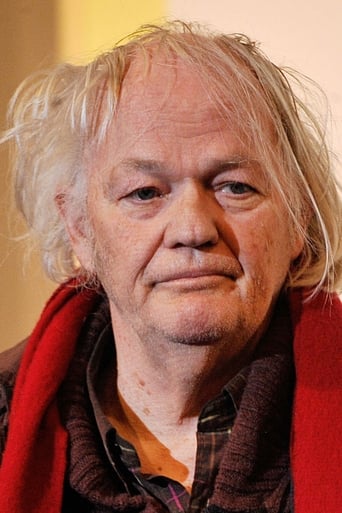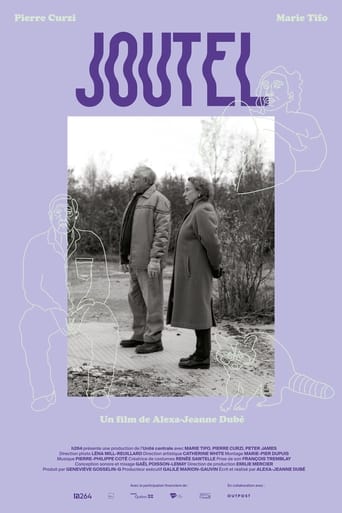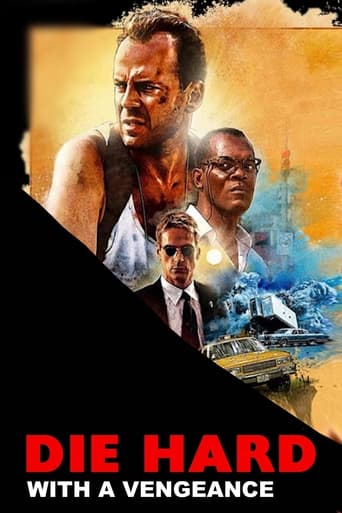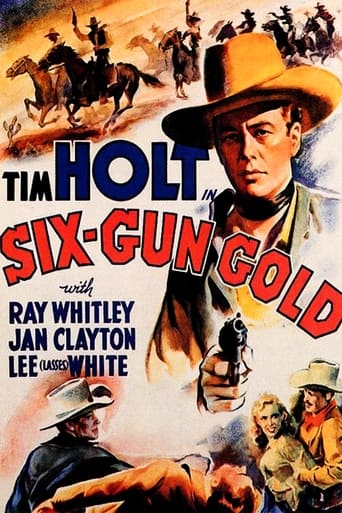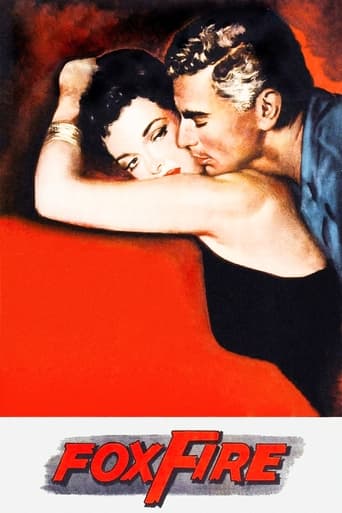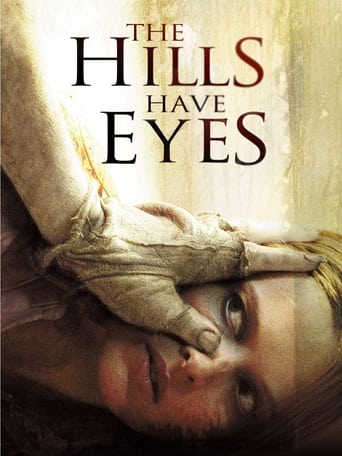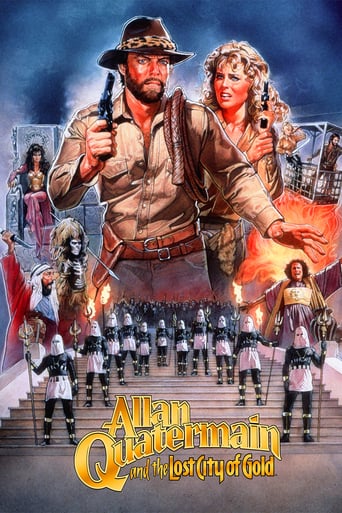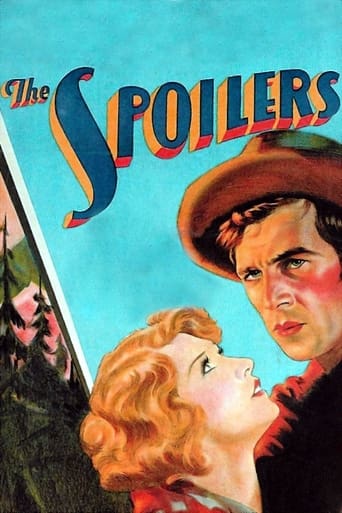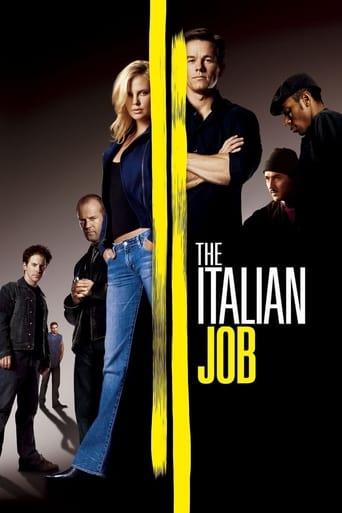Mátalo! (1970)
A gang of cattle thieves rescue a criminal from the gallows, and later rob a stagecoach loaded with gold. When they get the loot, he is betrayed and left dying in the middle of the desert. In the escape they reach a mysterious ghost town, where they perceive there is something strange about ...
Watch Trailer
Cast


Similar titles
Reviews
Overrated
Let's be realistic.
Watch something else. There are very few redeeming qualities to this film.
Great example of an old-fashioned, pure-at-heart escapist event movie that doesn't pretend to be anything that it's not and has boat loads of fun being its own ludicrous self.
Outlandish as well as violent Chorizo/Pasta Western that packs emotion , crossfire , rare events , twists , action-filled with fierce fights , twists and turns with exciting final . For money, for pleasure, for revenge, he doesn't care why he kills or how . A band formed by Phil (Luis Dávila) , Ted (Antonio Salines), and Mary (Claudia Gravy) rescues an outlaw called Bart (Corrado Pani) from the gallows to join them and carry out robbing and crimes . Later on , they execute a stagecoach assault with a stash full of gold . When they get the loot , doublé-cross him and leave him dying in the middle of the sunny desert . Shortly after , the bunch arrives in a scrawny village called Benson town , where they perceive that there is something weird about . Soon after , the band finds out that there only lives a suspicious old woman called Constance Benson (Ana María Noé) , the authentic owner of the mysterious ghost town where dangers lurk and strange shadows show up . But then , there appears a mysterious drifter who wields boomerangs , Ray (Lou Castel) , and things go wrong .Italian/Spanish production full of noisy action , excessive characters , shootouts and lots of violence . Director Cesare Canevari achieved in "Matalo¡" or "Kill Him!" possibly his best work of a modest career , with some memorable scenes and shaky camera movement as the initial prologue and during the successive confrontations . Surreal Spaghetti mayhem at its finest , this meaty Western contains an interesting but twisted plot , violence , shoot'em up and results to be quite entertaining , though drags at times , balancing in ups and downs . It turns out to be a strange spaghetti Western , as you can bone up on the bloodier side of that genre ; including bloody , grisly killings in cold blood , nightmares , rape attempt and many other things . It relies heavily on a complex narrative , modern narration full of flashbacks , stop-frames , zooms , and an uneven screenplay . A good example of Latino western genre from Italy and Spain ; it is a daring , surreal and notoriously exciting Spaghetti , so extreme in every way , it is one of the handful of great Italian/Spain Westerns that characterize for its peculiarity , rareness and offbeat events , such as : "Django Kill... If You Live, Shoot!" (67) by Giulio Questi or "And God Said to Cain" (70) by Antonio Margheritti or "Cut-Throats Nine" (72) by Joaquin Romero Marchernt , most of them including eerie and terrifying elements . The motion picture was written and produced by Eduardo Manzanos Brochero who was the real creator of this complex Western , he started producing ¨Il Coyote¨ and ¨The Jiusticia De Coyote¨ by Joaquin Romero Marchent with Abel Salazar and Gloria Marin . After that , he produced with his company Copercines ¨Vengeance of Zorro¨ and ¨L'Ombra Di Zorro¨ (1962) by Joaquin Romero Marchent with Frank Latimore . Eduardo Manzanos built a Western town in Hoyo De Manzanares (Madrid) with sets by Cubero and Jose Luis Galicia , today sadly disappeared , called ¨Golden City¨ where filmed several Western as ¨Welcome Padre Murray¨ , ¨Brandy¨ , various Zorros and this one . He produced various films for Marchent brothers as Joaquin Romero Marchent : ¨Cabalgando Hacia Muerte¨ , ¨Three good men¨; and Rafael Marchent : ¨Quien Grita vengeance¨, ¨Two crosses in Danger Pass¨ ; and for Italian directors as ¨Sabor Odio¨ by Umberto Lenzi¨ . In 1962 , Eduardo Manzanos created -near Hoyo de Manzanares (Madrid)- the first Western scenario of the notorious Spaghetti/Paella sub-genre . This original initiative corresponded to this prestigious writer /producer/director Eduardo Brochero who saw the potential of European Westerns and commissioned to the production designers Jaime Pérez Cubero and José Luis Galicia (Construcine) the task of raising the set , as in 1962 the first ¨Paella¨ set in Spain was built . Then , the first filming there was made : ¨The terrible sheriff (62) by Antonio Momplet and Alberto De Martino . A year later , there came Sergio Leone to shoot the iconic ¨A fistful of Dollars¨ with which the boom of Spaghetti/Chorizo Western was burst . More than 50 Spaghetti Westerns were filmed here from 1962 to 73 . Since early 70s the shooting began to be less frequent due to the progressive decline of the genre and the producers preferred to shoot in Almeria . With the decline in the number of shootings , revenue also fell and the sets started slowly to deteriorate as it can be seen , for example , in this Western ¨Matalo¡¨ and ¨Fast Hand¨ (73) by Mario Bianchi . As a result Manzanos decided in 1975 not to renew the contract , leaving a large debts . The remains of the set remained a few years , until the mid-80s or so to disappear later . The picture was strangely directed by Cesare Canevari , including good camera movement ; as he creates an offbeat Western that manages to be both scary , tragic and skilfully made , he even attempted to combine western elements with horror elements . Furthermore , adding a peculiar electric guitar music score in Jimmy Hendrix style , and evocative cinematography by Julio Ortas . Cesare directed a few films of all kinds of genres as Giallo : ¨Delitto Carnale¨ 1969 , ¨Una Iena in Cassaforte¨ 1968 ; Erotic : ¨The naked princess¨ 1976 , ¨Io, Emmanuelle¨ 1969 ; Porno Nazi : "The Gestapo's Last Orgy" and Western : "Die for a Dollar in Tucson" (1964) and this ¨Matalo¡¨ .
If you get the American DVD of this movie, you'll see on the back of the box that the manufacturer states that MATALO! is "...perhaps the strangest spaghetti western ever made and an exercise in style over content." To put it mildly! This movie seems to have been directed by an insane mind. There were a few things I liked about it. There are some striking images (the sun shining in the camera, a priest being surrounded by a ring of riders, etc.), and the electronic score by Mario Migliardi is very memorable with its electronic tones (including electric guitars) and traditional spaghetti western tones such as bells. The boomerang climax is also memorable.Unfortunately, despite a few good elements like these, I didn't overall care for this movie - and I usually like spaghetti westerns. The movie is very slow-moving, and the characters mostly act alike (and are also mostly confusing in their plans and schemes). Frankly, I was exhausted by the end by the movie's relying on flashy camera movements to cover up that nothing much was happening. Even if you are a spaghetti western lover like I am, you would be better off rewatching one of your favorite spaghetti westerns than take a look at this.
This one emerges an outstanding, if eccentric, Spaghetti Western which certainly gives that notorious genre effort DJANGO, KILL...IF YOU LIVE, SHOOT! (1967) a run for its money in the weirdness stakes! Though simply enough plotted - with the script itself admirably laconic - and effectively set (for the most part) in a ghost town, it's essentially a mood-piece: stylized to a fault, the film features virtuoso camera-work and bold editing throughout; still, the general tone - buoyed by the remarkable experimental electro-rock sounds created by one Mario Migliardi - is effortlessly hypnotic.The cast is equally interesting: Spaghetti Western regular Lou Castel as the unlikely hero (who, admitting to be unskilled at handling guns, utilizes boomerangs for weaponry during the body-strewn climax!); Corrado Pani - surely one of the genre's most idiosyncratic villains - brings a topical, i.e. late 1960s, touch of hippiedom to the Old West (the film is, however, thankfully free of the politics which informed many latter-day similar efforts)! Incidentally, both these top-billed stars are off-screen for an inordinate length of time - thus allowing Claudia Gravy, the luscious female lead, to take centre-stage (no complaints there!).Pani's sidekicks, then, are equally colorful: one is Gravy's current lover, who assumes leadership of the gang after Pani's untimely 'exit' early on, and the other a sadist who covets the girl (though she continually rejects his advances). In fact, for a film of its type, there's an unusual emphasis on sex here - as much to the fore, I'd say, as the violence...which is present in quite graphic fashion (the sadistic outlaw beats Castel repeatedly with a chain, but he later has his own hand trampled by horse's hooves!).Regrettably, the film is only available on DVD in an English-dubbed version through Wild East; the fact that the original language is not included would normally be enough to dissuade me from acquiring it (in spite of an accompanying Lou Castel interview which ought to be interesting) - but my recent unhappy experience with Wild East's edition of another Spaghetti Western title, THE MAN FROM NOWHERE (1966), certainly doesn't help make a case for it...
Fans of bizarre semi-psychedelic Westerns like "Keoma" should check this out. The cinematography and editing are wonderfully out of control, lotsa slo-mo sadistic violence and the movie is drenched in loud fuzzy acid rock. The simple plot deals with four ruthless thugs (incl. one ultra sexy but deadly femme fatale Claudia Gravy), gold, lust, murder and betrayal. These eccentric hardass Italian Westerns look way better than most contempoary movies.

